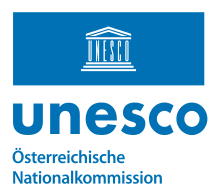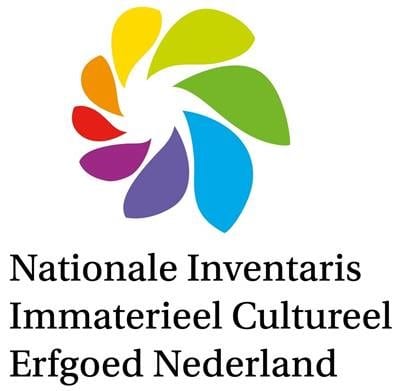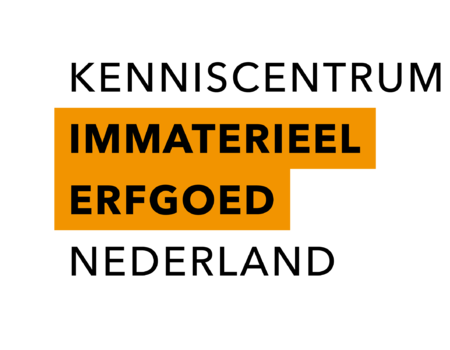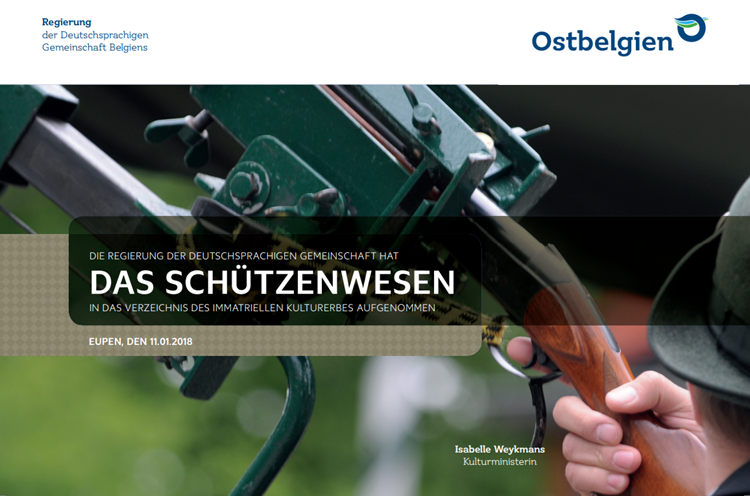A living cultural heritage
Cultural diversity – nourishment for the mind and soul

Intangible cultural heritage (ICH) are cultural expressions that are directly based on human knowledge and skills, passed down from generation to generation, and constantly recreated and modified. They are not material and therefore intangible.
more about UNESCO

Logo of the UNESCO Convention for the Safeguarding of Intangible Cultural Heritage.
Designed by Dragutin Dado Kovačević from Croatia
UNESCO stands for ‘United Nations Educational, Scientific and Cultural Organisation’, the United Nations organisation for education, science and culture. It is one of the 15 legally independent organisations of the United Nations and is based in Paris.
Guiding principle of the UNESCO Constitution:
‘Since wars begin in the minds of men, it is in the minds of men that the defences of peace must be constructed.’
In November 2023, 17 October was declared International Day for the Safeguarding of Intangible Cultural Heritage.
Region 1 "Schützenwesen in Deutschland"

Logo of the National Inventory of Intangible Cultural Heritage of the German UNESCO Commission
On 4 December 2015, the German UNESCO Commission and the Standing Conference of the Ministers of Education and Cultural Affairs added ‘marksmanship in Germany’ to the national list of intangible cultural heritage. In their statement, the expert committee and the Standing Conference praised marksmanship as
‘… as an expression of locally active cultural practice with a lively tradition that is strongly embedded in local social and cultural environments. There are a wide range of measures for passing on traditions, different forms of youth work and active cultivation of regional and European connections. The commitment to social engagement and civil culture in the handling of weapon technology and the use of weapons, as well as the integrative character, were also highlighted.’
Nationwide directory of intangible cultural heritage in Germany.
Region 2 "Festschützenwesen in Oberösterreich"

Österreichische UNESCO-Kommission (ÖUK)
is UNESCO's national coordination and liaison office.
In 2019, the Upper Austrian Prangerschützen were added to the list of intangible cultural heritage by the Intangible Cultural Heritage Department of the Austrian UNESCO Commission.
The customs of the Festschützen in Upper Austria are diverse and characterised by various regionally specific elements, such as traditional costumes, the Schützen dance and the Schützen language. The practice follows the course of the year and also the festival calendar and is observed during both religious and secular celebrations. The marksmen’s customs are therefore an important part of the regional identity of the communities that practise them.
Region 3 "Schützenwesen Niederlande"

In the IKE directory since
- June 2013 Sjaasbergergank
- November 2013 Brabantse Schuttersgilden
- March 2014 Oud Limburgs schuttersfeest
- September 2014 Vendelzwaaien in Gelderland
- Flag throwing
- September 2015 Schuttersbroederschap ‘St. Sebastianus’ 1617 Kerkrade

Dutch Center for intangible cultural heritage
Region 4 "Schützenwesen in Ostbelgien"

Österreichische UNESCO-Kommission (ÖUK)
is UNESCO's national coordination and liaison office.
On 11 January 2018, the government of the German-speaking community added marksmanship in East Belgium and the surrounding area to its list of intangible cultural heritage.
The jury particularly emphasised that this is a very lively historical tradition which, thanks to its constant evolution, also fits into today’s society. The intangible cultural heritage is constantly being recreated by the cultural heritage community of shooters in interaction with their environment, nature and history. For example, participation in the activities of the East Belgian shooting clubs is open to all genders and religious groups. The applicants are also aware of the great responsibility that comes with practising a sport involving firearms.

Cultural Heritage Certificate
The Schützenwesen in East Belgium
800-year-old tradition
The tradition of marksmen in East Belgium dates back to the 12th century, at a time when the state was unable to guarantee the safety of its citizens. A look behind the scenes reveals how deeply rooted this tradition is in the villages, towns and communities. In East Belgium and the surrounding area alone, there are three active marksmen’s associations with more than 2,000 members.
